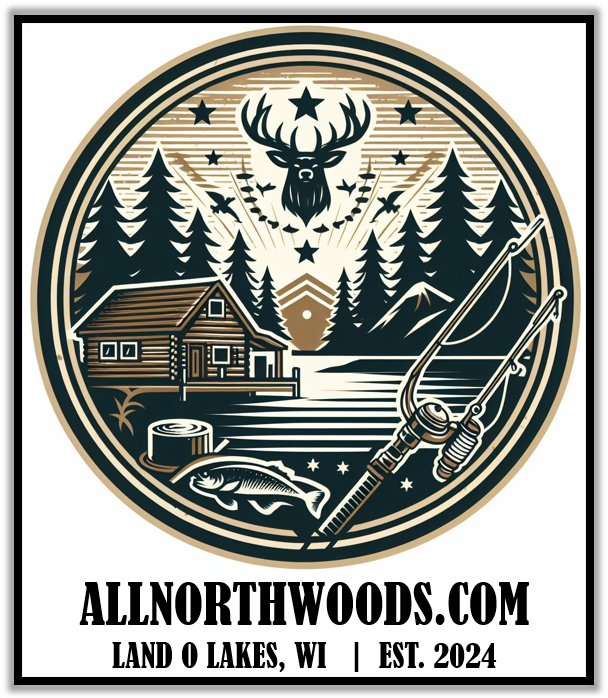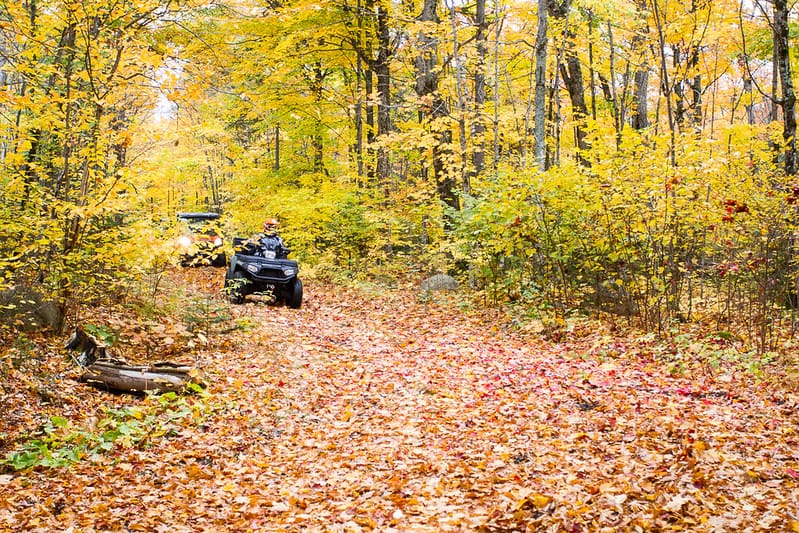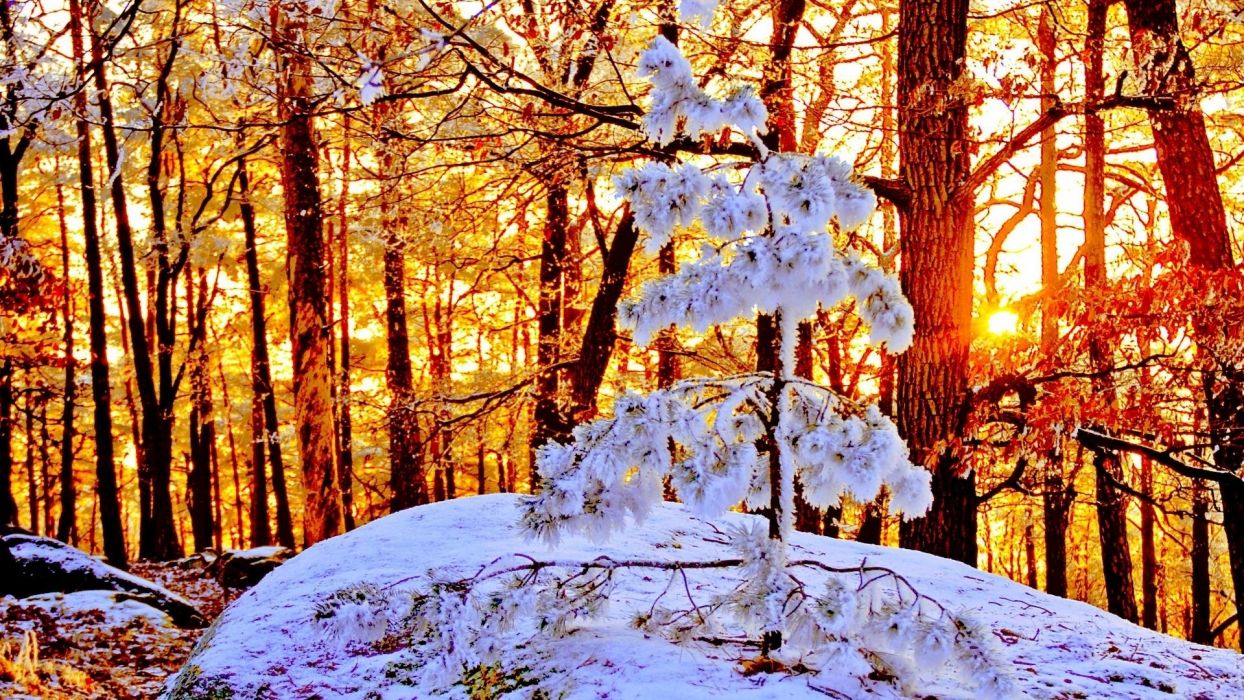LOGGING IN THE NORTHWOODS
Let say you go for breakfast, stop at a local bar for a few drinks or out for diner; would it bother you that a group of people in that establishment are talking loud enough so everyone can hear their conversation? Some folks may not realize they are talking over others. Then you have some that just want to make sure they are being heard. Let me start by saying I have nothing against bicyclers, but while having breakfast last week everyone in the restaurant couldn’t help but overhear a group of six people talking about bicycling. They were saying they couldn’t wait for spring to arrive so they could ride on the bicycle trails again.
Their conversation changed immediately, about all the logging trucks they had seen, and how logging was causing a negative impact on the Northwoods. Saying the harvest of timber was destroying wildlife habitat and logging was damaging the environment. How did I know these people wanted to be heard? Every one of them kept looking around to see if anyone was listening.
Was any of this about logging true? WAS being the key word here. Sure, it WAS, (AND THIS IS JUST MY OPINION) but I believe if you don’t know all the facts, don’t bring attention to yourself.
It’s true that years ago (in 1899), lumber companies cut down over 90% of forest in the state, making Wisconsin the number one producer of lumber in the world, but in the early 1930’s, the Conservation Corp Camps (CCC) was created and planted millions of trees. Then in the mid-1940’s Trees for Tomorrow was formed and gave landowners trees to plant on their property. Here’s a few quick facts that I doubt those bicyclers know about logging today.
It’s because of logging camps, many of our Northwoods towns were established. Logging also brought railroad lines farther north and in the early 1900’s, those trains carried tourist/vacationers to the Northwoods that supported many people. As far as cutting down trees. By removing old and dead trees littering the forest floor, it reduces the risk of fires or at least will lower the intensity if a fire breaks out.
Once a forest matures, it has an umbrella effect, and the lack of sunlight stops the growth of trees and vegetation on the forest floor. Less vegetation, less habitat for animals. Even though Aspen trees live as long as most trees and die from old age, they require close to full sunlight to mature, but when harvested properly, the root system starts growing new sprouts. The same thing goes for young Oak trees as they also need sunlight to grow and produce acorns that wildlife depends on. Less Oak trees, less natural food for animals.
When old trees die, they can attract insects that infest other heathy trees. Remember millions of trees lost in the mid-west because of an insect called an ASH BORER? Thinning the forest also allows sunlight to reach areas it couldn’t before and that stimulates the growth of new plants and grass that wildlife need to survive. Here’s something to think about. There were millions of trees in the early 1960’s when my family started vacationing in the Northwoods and I haven’t notice that many trees missing today, have you?
HERE’S A FACT. Due to severe weather, insect damage, or age, 80 out of 1000 trees will die, but only 4 out of those 1000 trees are harvested. Wisconsin grows 270 million cubic feet more than the trees harvested and the logging industry supports over 60K jobs in the state. With a joint effort (TRILLION TREES PLEDGE) from the state, private and the public, by the year 2030 Wisconsin will have 100 million new trees. Well, there you have it. Logging isn’t as bad as people might think.
It’s obvious those people that wanted attention at breakfast that knew so much about logging being harmful to our Northwoods, DID NOT.
I wonder if those bicyclers thought of the environment or care about the loss of wildlife habitat or the THOUSANDS of trees that were cut down when their paved bike trails that wind through the forest connecting one town to another were being built? Just saying.





Amen! Not to mention their house were probably made of lumber as well.